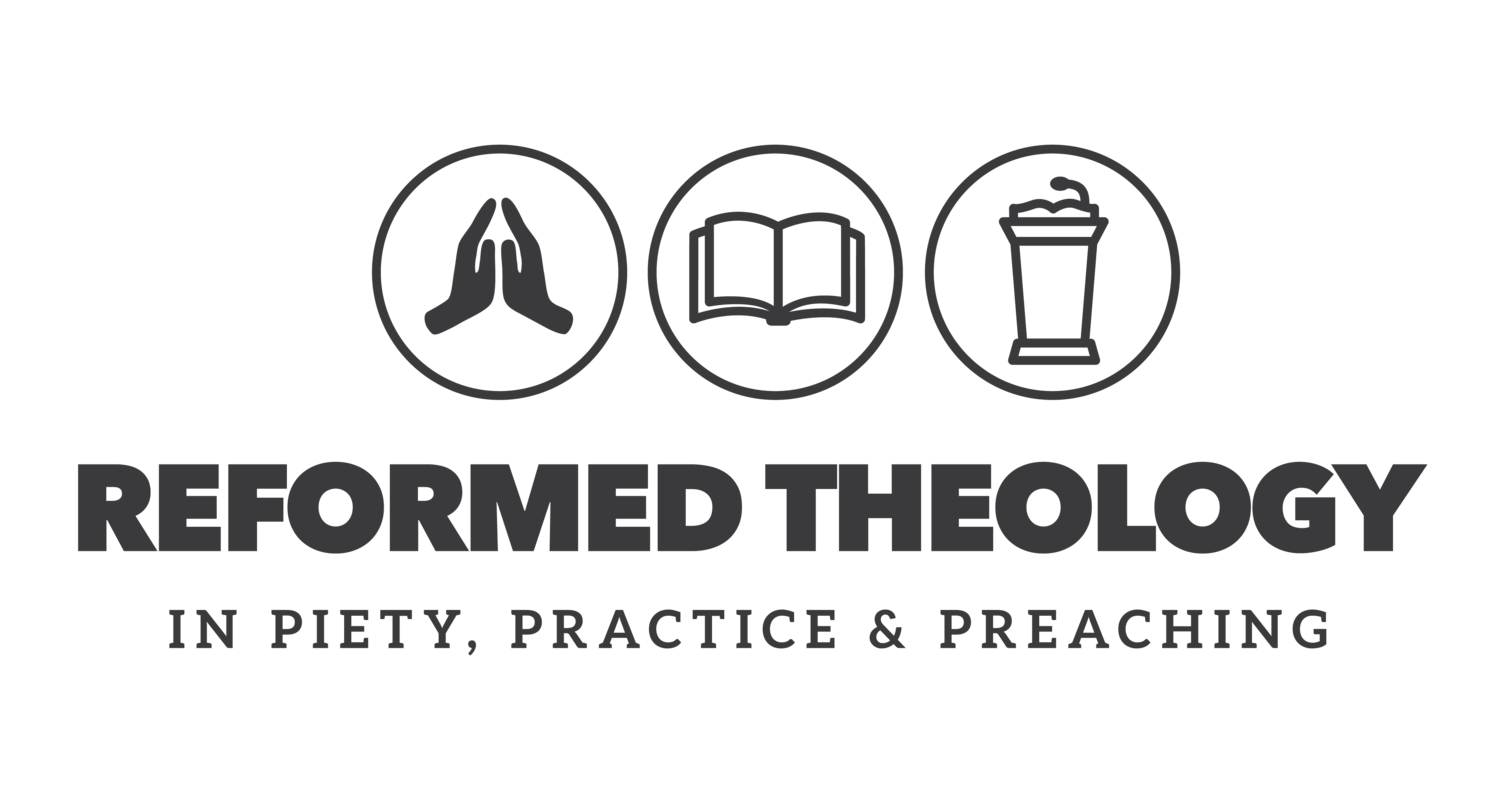When you study for the ministry you will take a number of preaching classes as a part of the Master of Divinity curriculum. One of the inevitabilities is that students end up reflecting the preaching style and conviction of their professor. Someone once commented to me that they could tell what years a graduate attended my alma mater based upon his preaching style. He could correlate the preacher’s style to his professor’s style. I have personally listened to a number of graduates from different institutions tell me what is the “right” way to preach. One professor, in fact, told me that no preacher should use notes because it was contrary to Scripture. I was quite surprised because, while preachers are certainly entitled to their preferences for preaching methods, the Scriptures are silent on the matter. They say nothing about whether you take a manuscript, notes, or no notes into the pulpit. Nevertheless, what is the preferred method?
I have heard some argue that the preacher should prepare but take no notes into the pulpit because he should rely on the Holy Spirit to guide him in his message. I have also witnessed some of these same people meander and wander somewhat aimlessly in their sermons. Others claim that if you take a manuscript into the pulpit that you end up burying your head and reading your sermon text—you don’t make the necessary and important eye contact. These same people say that taking an outline is the best method because it provides reminders but still allows you to maintain eye contact. At the same time, I have heard some of these same preachers punctuate their sermons with multiple verbal fillers, “Uh . . . uh . . . mmmm,” something that I do not hear from manuscript preachers. If there are strengths and weaknesses in these various methods, what’s a person to do?
Personally, I think you should use the method that provides you with the greatest peace and clarity in the pulpit. If you get too nervous at the thought of preaching without notes, then take notes into the pulpit. If you’re worried about what you’ll say, then work from a manuscript. A happy middle ground is to prepare a manuscript and read through it multiple times and then only take an outline with you into the pulpit. If you use a manuscript, practice before hand reading the text and making regular eye contact. Also practice your tone in your delivery. You don’t want to sound like you’re reading in a monotone voice. You want to sound conversational.
In my own ministry I was very concerned about my sermon content, so for the first ten years or so I used a manuscript when I preached. This didn’t mean, of course, that I was slavishly committed to my manuscript when I preached, but it did give me peace of mind to know that I had my remarks planned out in detail. I would practice my delivery ahead of time so I was familiar with the message, could make regular eye contact, and I knew how long the message would take me. After I was fairly comfortable with my sermon content, I shifted my method and now use outlines. I made the transition because I was less concerned with making errors about my sermon content and now wanted to focus on polishing my delivery. In other words, don’t assume that upon graduating seminary that you have nothing to learn, improve, or polish. I don’t know if I’ll “graduate” from my outline to a no-notes delivery, but I’m constantly thinking about what I can do to improve my craft.
In the end, do what will make you the most comfortable in the pulpit. And if you’re prioritizing things, place sermon content on the top of your list, then worry about delivery. It doesn’t matter how polished your sermon is if it’s laden with doctrinal errors. And don’t ever think you’ve arrived—always strive to grow and improve your sermon content and delivery.
